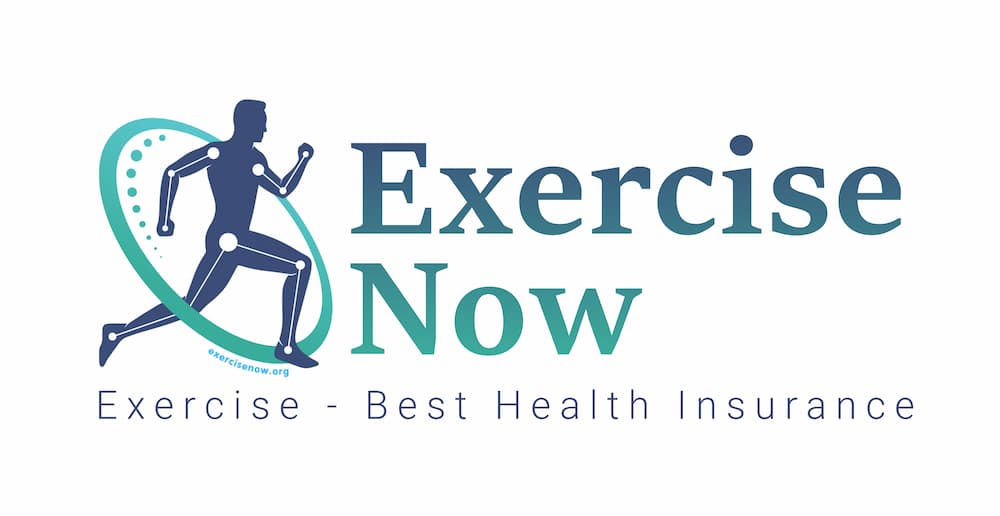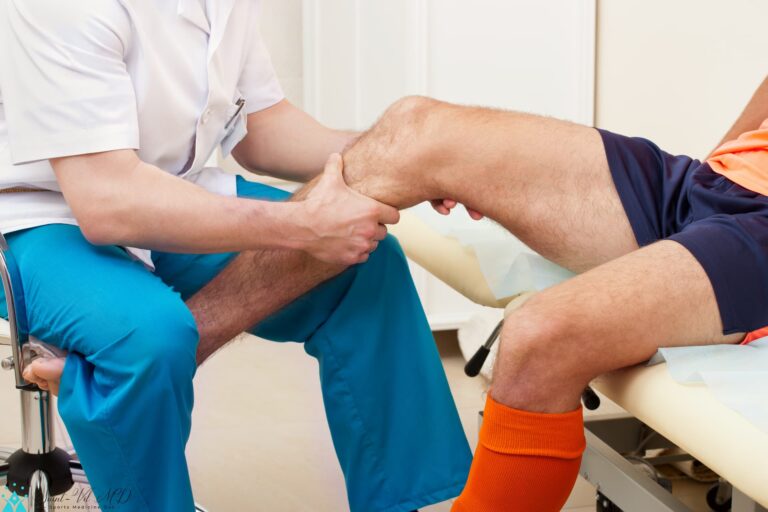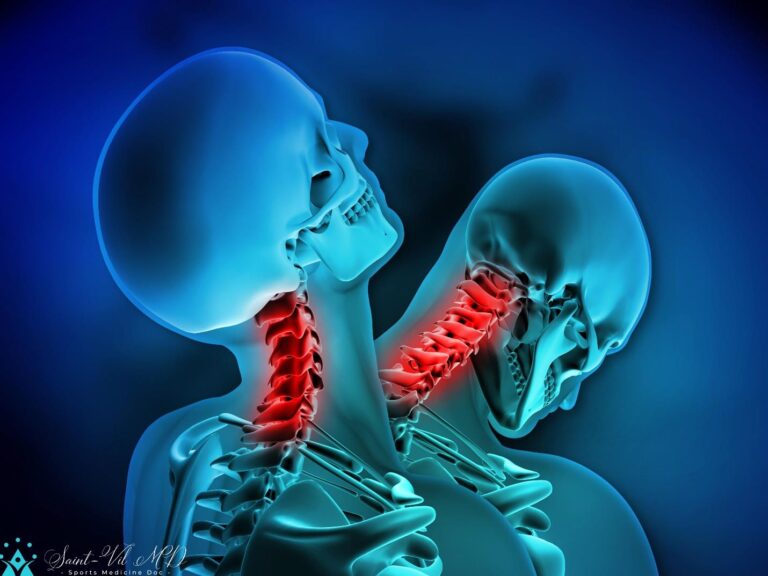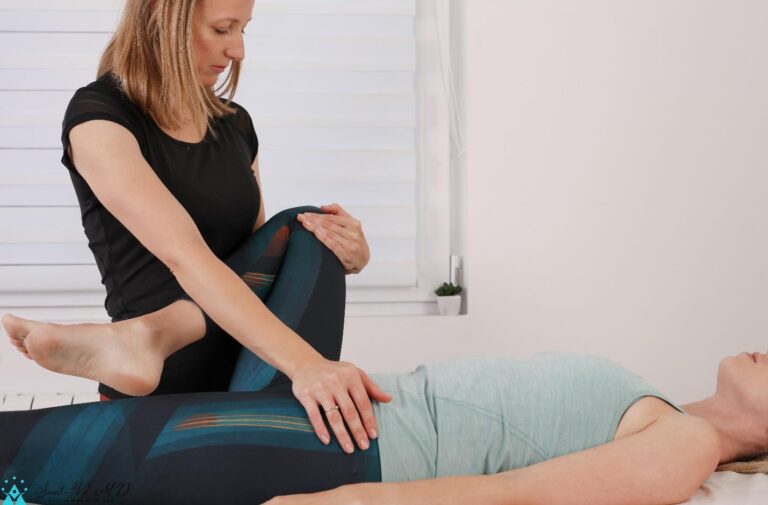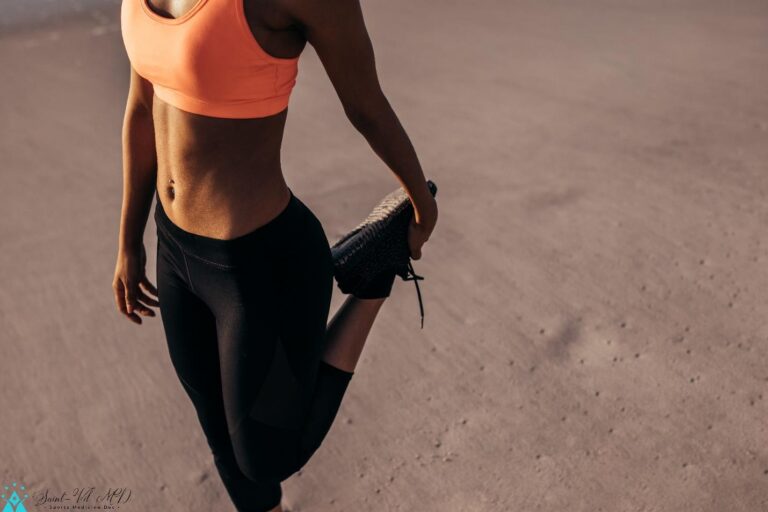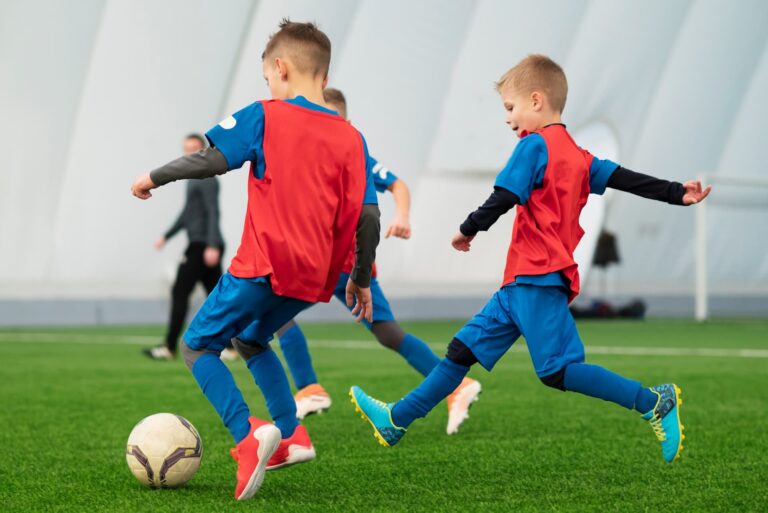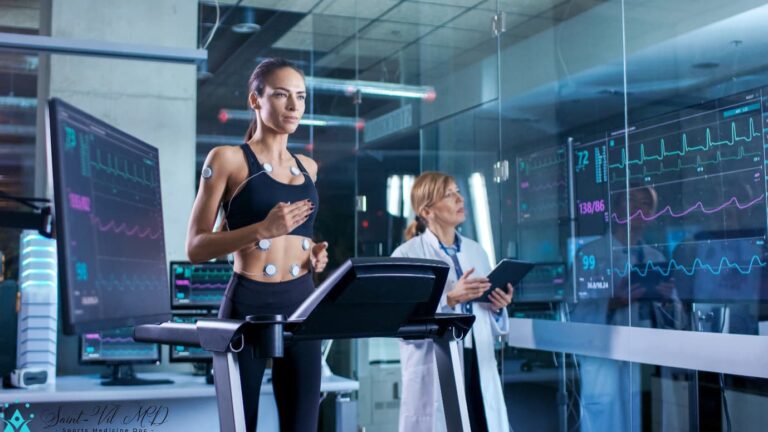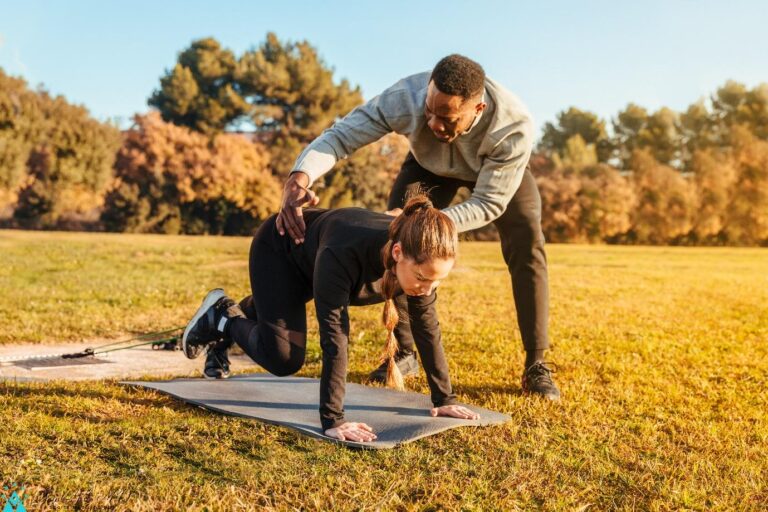
Mechanical Low Back Pain
Low back pain is one of the most common health issues that affect about one-fourth of the
population globally. However, it is also a condition that often tends to occur. It is because some
people are just prone to back pain due to certain lifestyle choices and weaknesses.
There could be many causes of low back pain, but mechanical injury is the most common cause.
Thus, such pain would often have an acute start. For example, it may occur after lifting a heavy
weight. As the name suggests, it is an injury to low back due to mechanical reasons.
Mechanical injury is most likely to affect the most mobile part of the back, that is, the lumbar
spine. In addition, it may affect surrounding muscles, ligaments, soft tissues, bones, or
intervertebral disks.
Anatomy
The human spine is quite complex, as it helps keep the body erect, plays a role in movement, and
protects the spinal cord. Spinal nerves move through the protected canal located in the spinal
vertebra. This is essential to understand as, unlike injury to other bones, spinal injury is more
painful, debilitating, and may often affect the working of the lower body. For example, severe
lumbar spine injury may lead to urinary inconsistency. Additionally, pain often radiates to the
hips and legs.

Signs and Symptoms
As one can guess, the prime sign of the condition is pain in the lower back. There would also be
local tenderness. The pain will often be acute and arise after some mechanical injury. For
example, it may occur due to falls, lifting heaving weight, when training or playing.
However, if there is severe swelling or a person does not feel the lower part of the body, it may
indicate a more severe injury or fracture of one of the spinal bones.
Additionally, it is worth understanding that if low back pain starts with mild pain and continues
to progress, it may indicate underlying disease conditions like tumors or even infection, and it
does not indicate mechanical injury.
Further, mechanical low back pain tends to get better on prolonged relative rest and worsens
after extensive physical activity.
Causes
The primary cause of such an injury is lifting heavy weight or jerky movements. Thus, it is more
likely to occur during weight lifting while training in gyms and similar activities. However, it may
also occur due to trauma in contact sports like soccer.
Risk factors
Although mechanical low back injury and pain may occur just in any person, it is more likely to
occur in individuals with poorly trained core muscles. Sportspeople are more likely to neglect
strengthening core muscles: the lower back, abdomen, pelvic, and upper thighs. If core muscles
are weak, a person is more likely to have a mechanical injury of the lower spine. Additionally,
older adults or those living with weaker bones are also at a greater risk.
Diagnosis
Physical examination
There would be pain and tenderness in the lower spine during physical examination. Quite often,
a person would be accurately able to define the pain location, unlike low back pain due to other
reasons like malignancy. Additionally, the beginning of such a pain is often acute. However, if
the beginning is sub-acute and pain progresses even on rest, then there might be other issues.
Imaging
Mechanical low back pain is readily diagnosed with the help of history taking and physical
examination. Nonetheless, doctors would often use imaging methods like x-ray, MRI, or CT scan
to exclude something more severe like the fracture of vertebral bones. Additionally, MRI or CT
scan may also help estimate the severity of inflammation of the surrounding soft tissues.
Treatment
Home remedies
Although adequate rest is good for mechanical pains, it is worth understanding that bed rest is
not an option in the condition. In mechanical low back pain, staying active is highly
recommended. Thus, special exercises focusing on the lower back may help. For example, yoga
could be quite helpful in the condition. Similarly, stretching and strengthening exercises may
help, but one should avoid lifting heavy weights or jerky movements.
Non-surgical treatment
Among non-surgical interventions, non-steroidal anti-inflammatory drugs are most commonly
used as they help lower pain and inflammation. Physical therapy like massage may be helpful in
many cases. Additionally, doctors may consider specific exercise programs to boost healing.
Surgical treatment
Surgical treatment in the condition is only needed when there is a fracture of vertebral bones,
severe damage to the intervertebral disk, etc. Surgical correction may be required if there is a
progressive loss of sensation of the lower body along with loss of strength.
Prevention
Learning proper posture and techniques for lifting heavy weights may help prevent mechanical
low-back pain in most cases. In addition, training core muscles can also play an important role in
strengthening the lower back and preventing such injuries.
